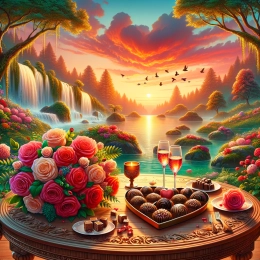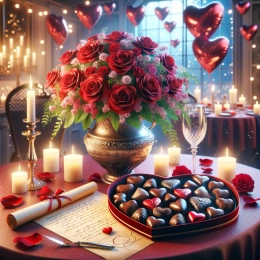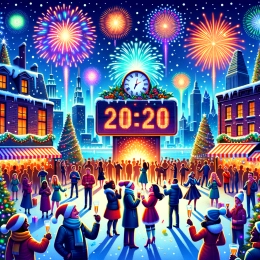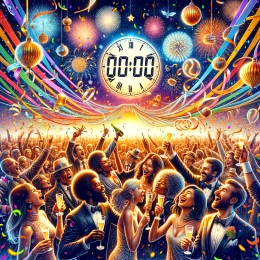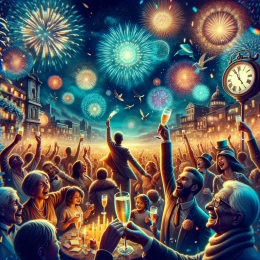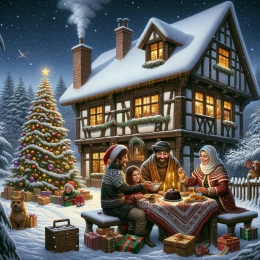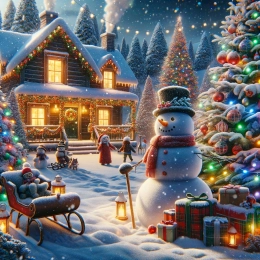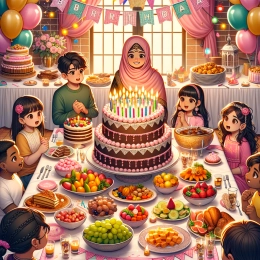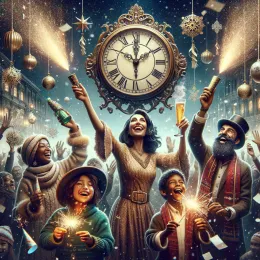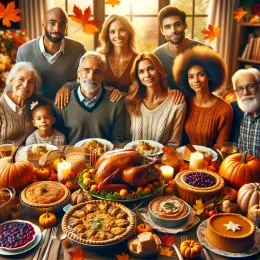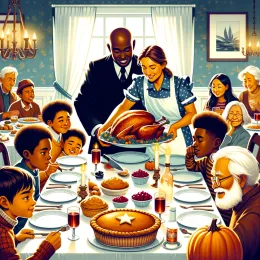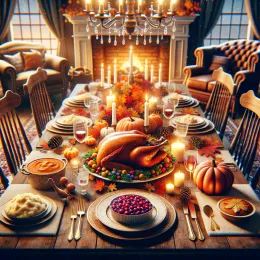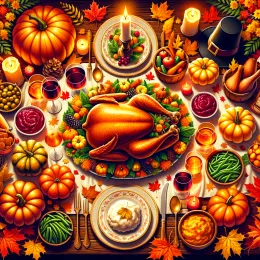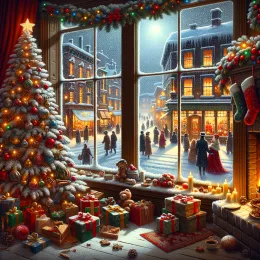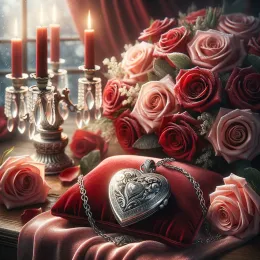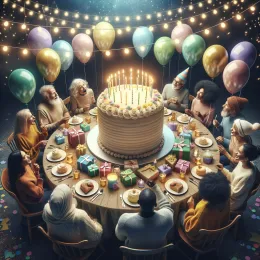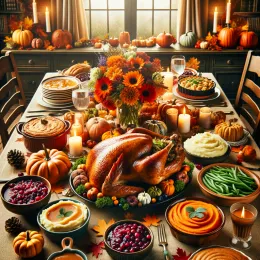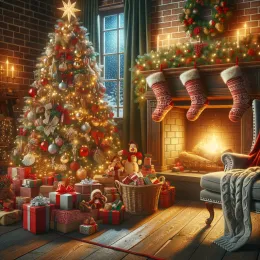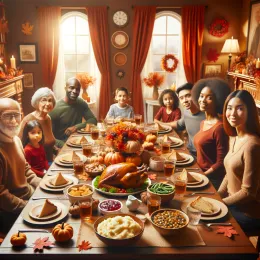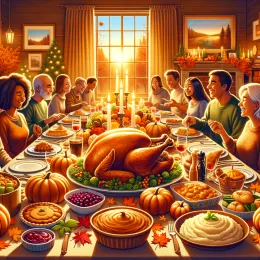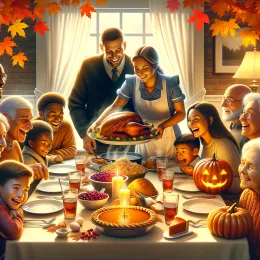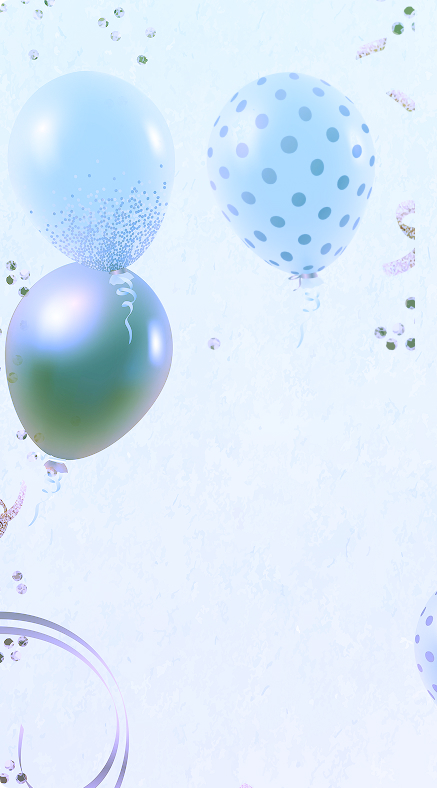The Magic Behind Jack-o’-Lanterns
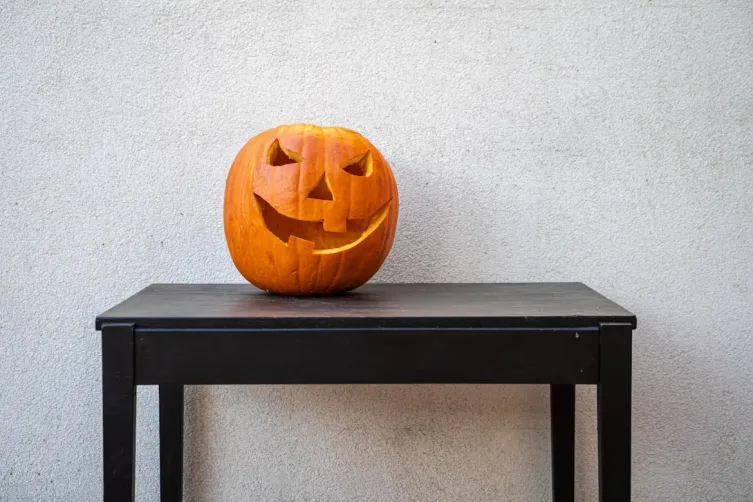
The Enchanting Origins of Jack-o’-Lanterns
Jack-o’-lanterns have become an iconic symbol of Halloween, casting an eerie glow that both delights and mystifies. Their flickering faces, carved from pumpkins, are more than mere decorations; they embody centuries of folklore, tradition, and cultural evolution. Exploring the roots of these glowing gourds reveals a fascinating journey from ancient myth to modern festivity, enriching our appreciation for this beloved custom.
The story begins long before pumpkins were involved, tracing back to Irish and Scottish legends. A tale of a clever but cunning man named Stingy Jack, who tricked the devil and was doomed to wander the earth with only a burning coal inside a carved turnip to light his way, inspired the earliest versions of the jack-o’-lantern. This spectral wanderer’s lantern became a symbol meant to ward off evil spirits, a purpose that resonates deeply with the protective nature of Halloween traditions.
Carving Traditions: From Turnips to Pumpkins
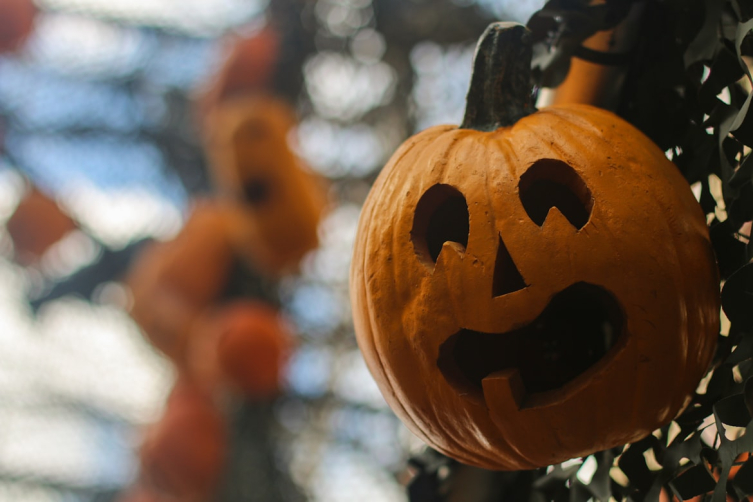
Originally, the hollowed-out vegetables used for these lanterns were not pumpkins but turnips, rutabagas, or even beets. These hard root vegetables were easier to carve in the temperate climates of Ireland and Scotland. When immigrants from these regions arrived in North America, they discovered that pumpkins, native to the continent, were larger, easier to carve, and provided a perfect canvas for imaginative designs.
This transition marked a significant turning point, combining practicality with creativity. The pumpkin’s bright orange skin and soft interior allowed for more intricate and expressive faces, turning the jack-o’-lantern into an art form. Over time, communities developed their own styles of carving, ranging from simple grins to elaborate scenes, reflecting local culture and personal flair.
The Symbolism Embedded in the Faces
Each jack-o’-lantern is more than just a light source; it carries symbolism through its expression. Traditionally, the faces are carved to appear menacing or grotesque, intended to scare away malevolent spirits. This practice connects with the ancient belief in using frightening imagery to protect homes and families during the liminal period of Halloween, when the boundary between the living and the dead was thinnest.
Modern interpretations often blend humor and spookiness, reflecting a shift toward celebrating the playful aspects of the holiday. However, the underlying theme remains: the lantern serves as a guardian, a beacon that guides and protects. This duality of fear and safety is part of what makes the tradition so enduring and universally appealing.
Techniques and Tools for Crafting the Perfect Jack-o’-Lantern
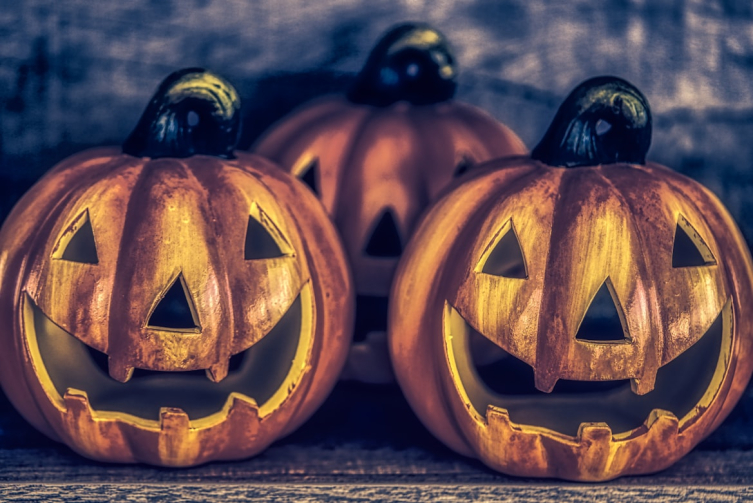
Creating a jack-o’-lantern is a craft that combines skill, patience, and imagination. While basic tools like knives and spoons are common, specialized pumpkin carving kits have transformed the process into an accessible art form for all ages. Understanding the techniques involved enhances both the aesthetic and symbolic impact of the finished lantern.
Essential Steps for Pumpkin Carving
- Choosing the right pumpkin: Look for firm, evenly shaped gourds with a sturdy stem.
- Preparing the pumpkin: Cutting a lid, scooping out seeds and pulp to create a hollow interior.
- Transferring the design: Using stencils or freehand drawing to outline the face or pattern.
- Carving carefully: Employing tools to cut along the guidelines while preserving structural integrity.
- Lighting the lantern: Traditionally, candles are used, but modern alternatives include LED lights for safety.
Table: Comparison of Traditional vs. Modern Tools
| Tool Type | Advantages | Disadvantages |
|---|---|---|
| Kitchen Knife | Widely available, effective for large cuts | Harder to control for detailed work, safety concerns |
| Pumpkin Carving Kit | Specialized blades and scoops, safer and more precise | Additional cost, limited availability in some areas |
| Electric Carving Tools | High precision, reduces effort | Requires power source, higher cost |
| LED Lights | Safe, long-lasting, no fire risk | Lacks traditional flicker effect |
| Traditional Candles | Classic ambiance, flickering flame effect | Fire hazard, limited burn time |
The Cultural Impact and Modern Celebrations
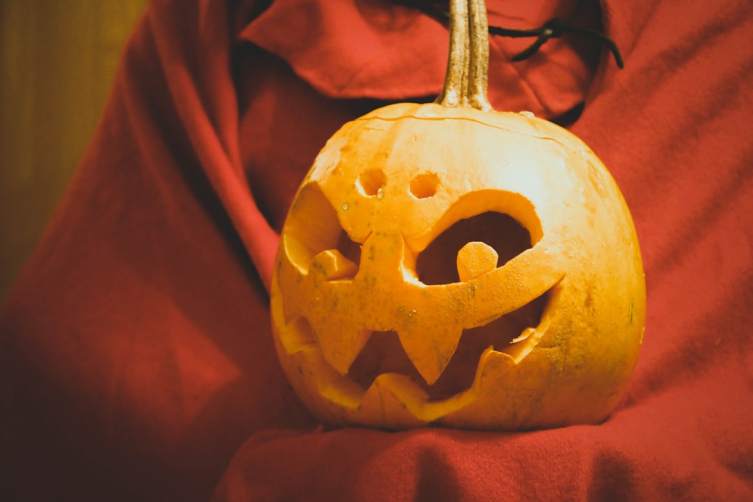
Jack-o’-lanterns have transcended their origins to become a global emblem of Halloween, inspiring festivals, contests, and artistic exhibitions. Communities gather to showcase their creativity, turning pumpkin carving into a social event that strengthens bonds and celebrates heritage. Media and popular culture have further popularized the imagery, embedding it into movies, literature, and advertising campaigns.
Beyond entertainment, these lanterns serve as a bridge connecting generations. Families share stories while carving, passing down customs and values. The act of creating a jack-o’-lantern fosters mindfulness, creativity, and a shared sense of wonder that enriches the Halloween experience.
Environmental and Economic Aspects
In recent years, awareness about sustainability has influenced how people approach jack-o’-lanterns. Many now use organic pumpkins, compost the remains, or repurpose seeds and pulp for cooking. This mindful consumption aligns with broader ecological values, adding a layer of responsibility to the tradition.
Economically, the pumpkin industry experiences a significant boost during the fall season, with farmers’ markets, grocery stores, and craft shops capitalizing on the demand. This seasonal economic activity supports local businesses and reinforces the cultural importance of the jack-o’-lantern in autumn celebrations.
Embracing the Spirit of the Season
The allure of the glowing pumpkin lies not only in its visual appeal but also in the rich tapestry of stories, beliefs, and communal practices it represents. Each carved face is a testament to human creativity and the timeless desire to connect with the mysterious forces that shape our world. Whether viewed as a protective charm, a work of art, or a festive ornament, the jack-o’-lantern continues to illuminate our imagination.
As the crisp autumn air settles and shadows lengthen, lighting a jack-o’-lantern becomes more than a tradition; it is an invitation to participate in a magical ritual. This ritual honors the past while celebrating life’s enduring mysteries, inviting us all to share in the enchantment that these glowing faces bring to the night.









